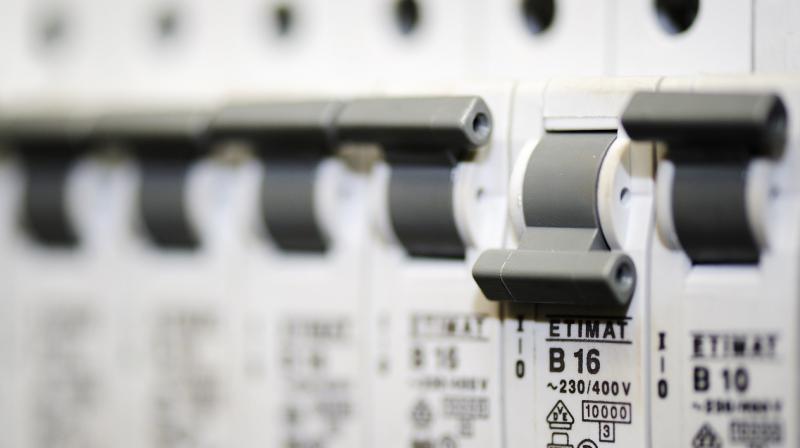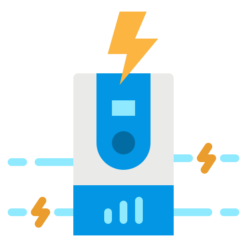When the lights and portions of your house suddenly go off, the first thing to check on is your circuit breaker box. If you find one circuit breaker pointing towards a different direction from all the others, you’ve tripped your circuit breaker. Now, what do you do?
Circuit breakers are on-off safety switches which prevent the electrical system in your home from overheating and potentially catching fire. It is important to investigate and find out the cause whenever a breaker trips, especially if it happens more than once on the same circuit.
The Four Main Causes
- Circuit Overload. Tripping the breakers off is a relatively common household issue, especially if you like vacuuming, listening to music and microwaving food at the same time. Your circuit is unable to handle the power drawn by too many devices and will trip to cut off the electrical flow preventing circuit damage or a fire!
- Short Circuit. This is a more serious reason for your breaker to trip. When the hot wire touches the neutral wire in a plug outlet or fixture, current flows rapidly between them causing the tripping of your circuit breaker to prevent overheating.
- Ground Fault. Very similar and equally dangerous as short circuit, this happens when the hot wire touches the ground (earth) wire or the grounded junction box. Current flows rapidly between the two, leading to overheating.
- Fault Appliances. Short circuits and ground faults can also occur within Electrical Appliances, leading to overheating the circuits.
So what do you do?
- Turn off all the lights and appliances in the room or rooms that have lost power. If you’ve added a new appliance,like a vacuum cleaner, make sure to unplug that too.
- Locate and open your circuit box. Always make sure your hands are dry and you’re standing on a dry surface at all times. Electricity is dangerous.
- Look for the breaker which has tripped from the “on” position to the “off” position or the one in between the “on” and “off” positions. The move it to the “on” position. This will enable the flow of current back to the room.
- Plug in one or two appliances/lights and turn them on. If the room looses power again, that particular appliance is faulty or you’re consuming too many amps for the breaker and need to move appliances around. If that’s not the case, the problem might be a bit more serious and you should contact an electrician to take a look.
Caution. Handling circuit breakers and electric equipment can be dangerous. If you’re not comfortable, let an expert electrician do it for you!
Looking for someone to do it for you?
-
construction
Electric



